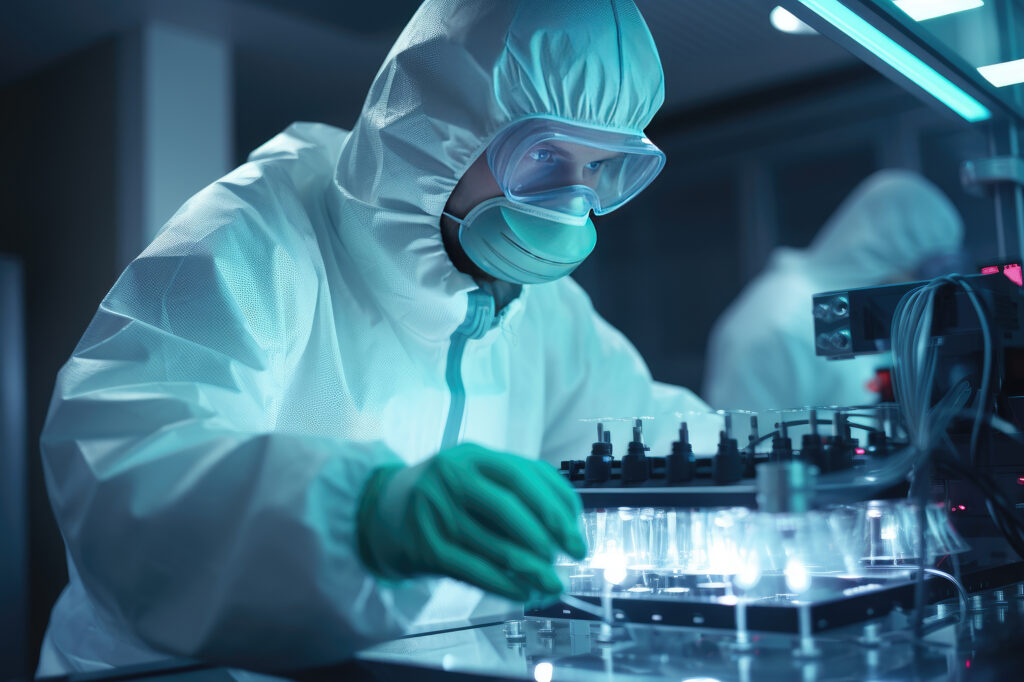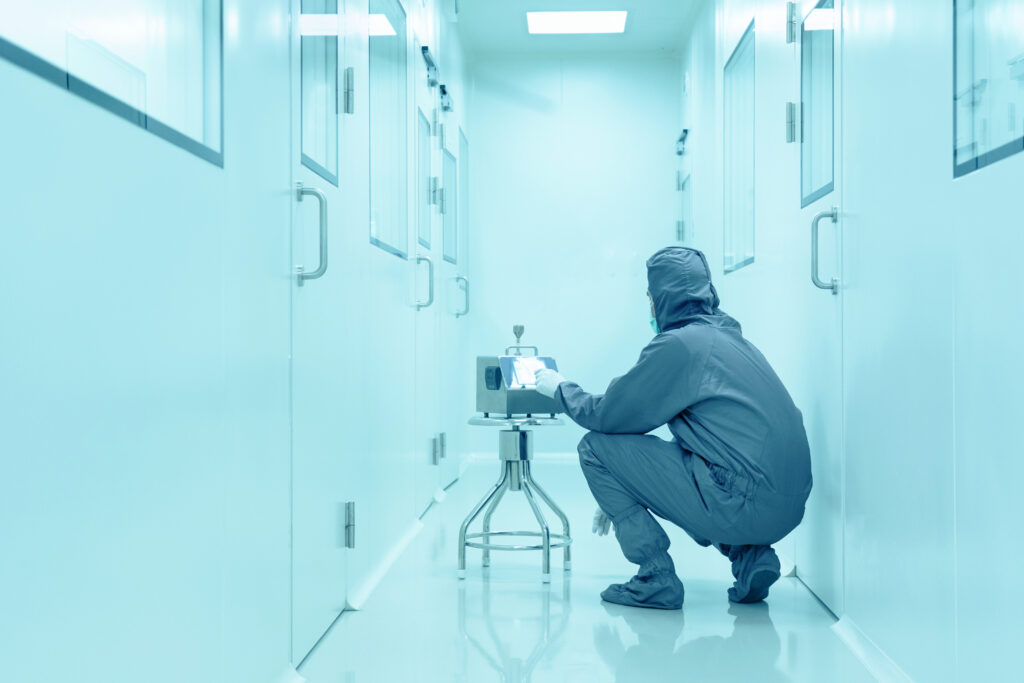EMS vs BMS
What is an EMS?
In the pharmaceutical industry regulations, you will find a requirement for environmental monitoring system (EMS). It is a GMP requirement. That is what will give the quality assurance that you were in control when you manufactured your product.
If you need the temperature of your room to stay between a certain range, the EMS will continuously record the temperature. It will then send you an alarm notification if the temperature goes below or above the thresholds you set up. You can configure those alarms based on your process needs and for any critical parameters you must control. Those critical parameters will be recorded and entered into the composition of your batch record (EBR). This will demonstrate that during manufacturing, you were within your state of control.
The usual critical parameters an EMS monitors are temperature, relative humidity, pressure, particle counting but is certainly not limited to these.
An EMS monitors the environment. In a pharmaceutical facility, your system must be qualified, and all data must be stored to show historical compliance to production requirement. To be compliant with FDA 21CFR Part11, an EMS must have the following features: audit trail, electronic record and electronic signature. An EMS in the pharmaceutical industry falls under Good Manufacturing practice (GMP).
What is a BMS?
Anything beyond environmental monitoring, like security systems, ventilation, fire system, is part of BMS’s job.
BMS stands for Building Management System. It is a computerized system that controls and monitors the environment of a building. That building could be an office, a warehouse, a shopping mall, or a pharmaceutical facility. It is also known as Building Automation System (BAS) or Building Control System (BCS).
The usual parameters a BMS has control over are security, power, heating / cooling system, ventilation, lighting.
As its name suggests it, BMS focuses exclusively on buildings. Its job is to control mechanical and electrical equipment of a building or a group of buildings. BMS implementation falls under Good Engineering Practices (GEP), and therefore not compliant with GMP.
Difference between EMS and BMS
When we talk about EMS, we’re talking about monitoring the environment and logging critical parameters (GMP) such as temperature, humidity, pressure, particle counting, etc. and equipment (freezers, ultra-freezer, incubators, etc.).
If the temperature is too high, the EMS will send notifications and be in an “alarm” state until an operator acts. It will record what action has been made but it will not control the environment.
When we talk about BMS, we’re talking about controlling the environment. If the temperature is too high, the BMS is going to inject some more cooling to bring the temperature back down. And that temperature will then feed back into the system to make sure it stays under control.
Why should you separate EMS from BMS?
If your EMS is merged with your BMS, you could have to validate sensors that don’t need to be, because not located in a GMP area. Moreover, adding a sensor in a GMP or in a non-GMP area could have an impact on your whole qualification.
If some providers defend that sharing instrumentation will reduce your cost, what will happen if your sensor (used for both EMS and BMS) deviates? How will you be warned when your sensor deviates? Indeed, a single sensor cannot crosscheck its own value.
If we look at change management in the case of a combined system, a full change request documentation will be necessary even if for instance, you want to turn the temperature down in your building because it’s too hot.
Regarding data integrity, which is critical for GMP, it is a real asset to have separate systems. Indeed, if your BMS stops suddenly working or is under maintenance, and you have a separate EMS running, you won’t be at risk of losing data that must be recorded.
Finally, for monitoring your critical GMP parameters, it is crucial to use equipment dedicated to environmental monitoring and build according to regulation requirements. EMS equipment are usually highly qualitative and more accurate.
Why choosing Mirrhia as your EMS solution?
- Because Mirrhia is an independent solution, deployed in more than 3500 controlled environments, particularly in the pharmaceutical industry (clean rooms, laboratories, production units, warehouses…) and hospitals, but also the food industry, cosmetics, etc.
- Because Mirrhia meets the strictest regulatory standards (GMP, GAMP5, FDA, etc.). Mirrhia is 21 CFR Part 11 and Annex 11 compliant and is compatible with any type of equipment which makes it one of the most flexible solutions on the market.
What about QBMS?
Lately, we found out about an emerging term which is QBMS for Qualified Building Management System also known as QBAS standing for Qualified Building Automation System. A QBMS or QBAS is a system that controls critical parameters in GMP areas such as clean rooms, storage, incubators, or fridges… So, in case you or your client were looking for a QBMS or QBAS, Mirrhia will definitely do the job with the expected independence of systems.
Environmental Monitoring Acronyms
If you’re having trouble navigating the long list of acronyms we use, have a look at our glossary.
More Information on Environmental Monitoring
- Do you have specific requirements?
- Do you want to discuss your project or a client’s project with us ?
- Do you want to discover Mirrhia ?
A Minute With Marie
Want to see the series “A Minute with Marie” on EMS versus BMS?

Arrival of Etienne Van den Bogaert as Managing Director

Mirrhia 2.4 is coming

Data Integrity in The Pharmaceutical Industry

Laborama 2024

Laboratory Temperature & Humidity Monitoring

Particle Counters | Case Studies & EMS in Pharma

Particle Counting for Pharma

Particle Counting – Quality and Compliance
